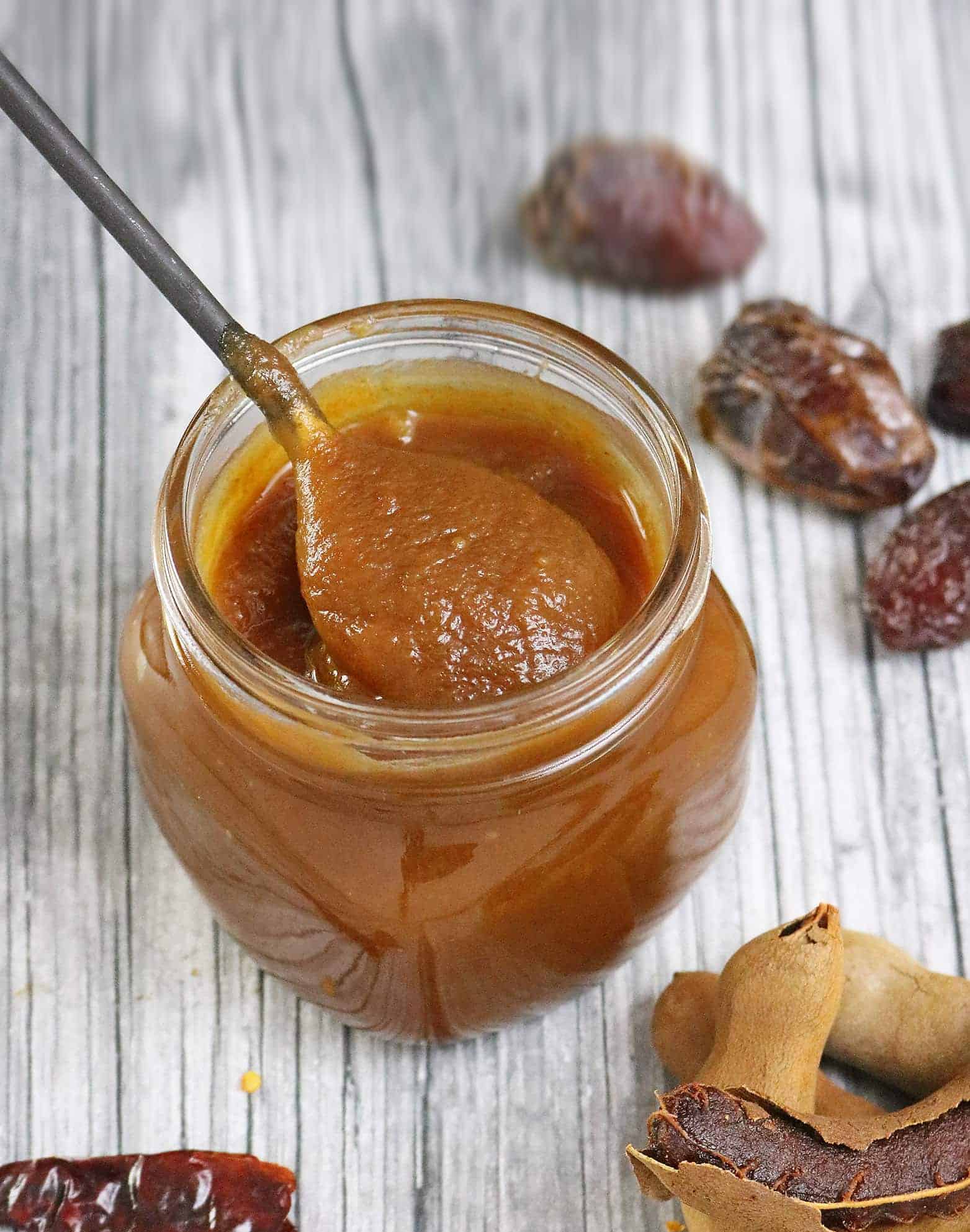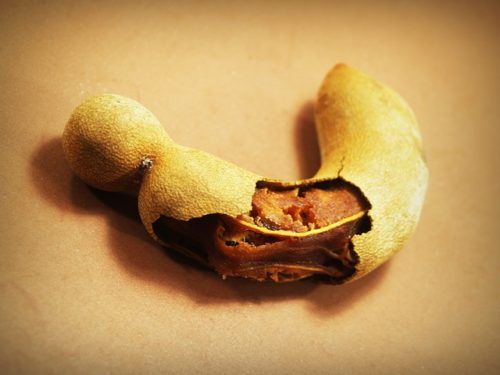

The pulp is then strained through a sieve, leaving the fiber behind. The fiber of the tamarind is still present.įor use, it requires being soaked in hot water for a time. It is the tamarind pulp with the shell and seeds removed. Tamarind pulp is often sold in a plastic covered block. However, knowing the difference between the different types of tamarind products will help you decide which to use. You might find you want to substitute one for another in a recipe because it's either more convenient, or it's all you have on hand. They are, pulp, paste (often labelled as concentrate), and a thick, black concentrate. Tamarind, in addition to it's pure form with the shell still on, comes in three main forms. Follow her on Instagram.Choosing Between Tamarind Pulp Paste or Concentrate. Rathina Sankari is a freelance writer from Pune, India, and loves to explore the intersection of history, culture, and food. As for me, I still yearn to go on those train journeys for the simple pleasures of tamarind-flavored puliyodharai. The next time you crave a fish curry or have a sore throat, you know what to do. “A hot tea made with these leaves is a balm for an itchy throat,” he adds. “Tamarind leaf paste aids in healing inflammation and sprains,” says Regi Mathew, co-owner and culinary director of Kappa Chakka Kandhari in Bengaluru and Chennai.

Rich in thiamin, iron, magnesium, and phosphorus, tamarind is also a treasure trove of antioxidants. A thin soup-like extract, rasam can be ladled over a mound of steaming rice or sipped like a soup. Dishes made with tamarind, like rasam, impart sourness in an Indian spread. Powder: When added to candies, beverages, and snacks, this dehydrated form of the fruit gives a much-appreciated extra punch.Īyurveda dictates the consumption of six tastes-sweet, sour, salty, pungent, bitter, and astringent-in every meal. It has a long shelf life when refrigerated and acts as a souring agent in meat and vegetarian curries and as a natural coolant for the body.Ĭhutney: Store-bought tamarind chutney or sauce should not be confused with paste or concentrate as it comes already sweetened and seasoned. To do it yourself, soak the tamarind pulp in hot water, remove the fibers and seeds, and squeeze to extract the dark, smooth paste. Paste, concentrate, or extract: Ripe fruit in a more user-friendly form, these can be bought from the store or made at home. The ripe fruit is also added to a wide range of chutneys. Before pan-frying fish, I’ll glaze it with a paste made from a small piece of ripened tamarind, green chiles, chili powder, turmeric, and onions. The fruit serves as an excellent marinade for meats and seafood. Unripe green fresh fruit: Super tart and sour, it’s chopped for pickles and chutneys without being seeded.īrown ripened fruit or pulp: Tamarind comes in whole pods but is also commonly sold in Asian shops as blocks. When added to the lentil vegetable stew sambar and to other curries like puli kuzhambu, which consists of vegetables like moringa pods, eggplant, or okra cooked in a tamarind base, its sharpness contrasts with the spices.īecause tamarind comes in so many forms and is consumed in countless ways, below, I’ll walk you through its wide usage in Indian cuisine as well as its excellent benefits (tamarind is also an important ingredient in Southeast Asian and Central and South American cuisine). It’s also sour and sharp as Saee Koranne-Khandekar explains in her book Pangat, a Feast, tamarind plays a crucial part in balancing flavors. It acts as a preservative, a cooling agent, and a remedy-its paste relieves the itchy mouthfeel that comes from eating tubers like yam and taro. In Indian cuisine, tangy tamarind plays many roles. And on the long train journey from Pune in western India to my hometown in Tamil Nadu, I eagerly dug into the South Indian dish puliyodharai, tamarind rice wrapped in a banana leaf parcel. Meeting friends for paani puri, a crispy fried dough filled with a medley of chutneys, including the ubiquitous tamarind chutney, was a weekly affair.

The food of my childhood is incomplete without the flavor of tamarind: Cycling to school meant sucking on one of the tamarind candies stuffed in my pockets.


 0 kommentar(er)
0 kommentar(er)
